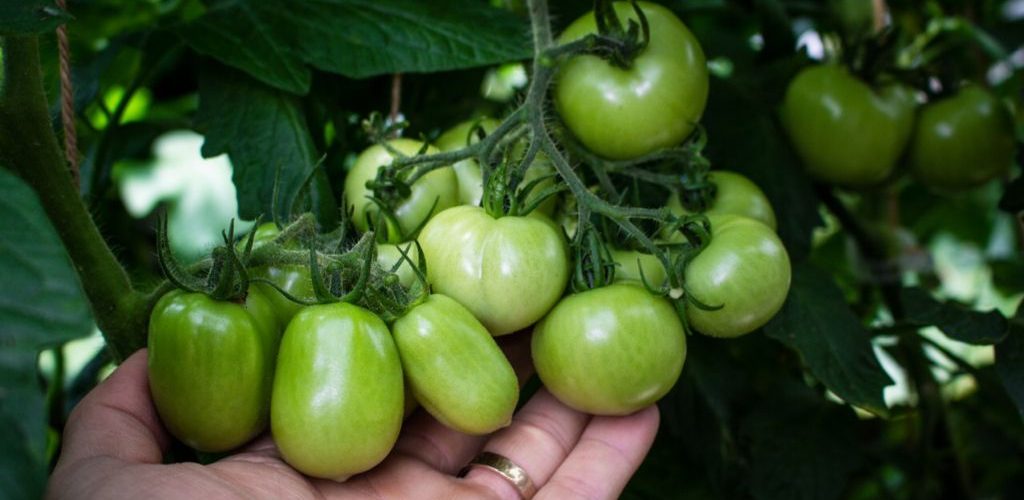Aquaponics: A Daily Checklist
October 07, 2021
From planting to monitoring and even harvesting, we understand that running a fully functional aquaponics farm can be quite overwhelming. We find that the best way to keep everything running smoothly is to have a daily checklist. This way all that juggling becomes a lot easier. As long as you stick to the list, you should be prepared for any unexpected obstacles in the wonderful world of aquaponics.
Your Primary Focus
As we have mentioned before, observation is your main focus when it comes to aquaponic farming. You want to ensure that your plants or fish don’t go into any stress. Plant stress can result in bolting or reduced plant immunity. Therefore, daily checks are critical to evaluate whether your hydroponic system is running optimally. You want to observe your plants to ensure that you maintain plant health and monitor any changes in plant health. Moreover, if your fish start showing changes in their behaviour then you may need to act fast with a treatment or a quarantine period to avoid any fatalities.
Daily Checklist
In your daily checks, you want to monitor the current health state of your entire aquaponic system. In other words, you are checking your water quality, observing your plant health, your fish behaviour and managing or treating any pest or disease.
Hydroponic Component Daily Checklist
- Water pH.
- Temperature – both water and atmospheric.
- Water Nitrate levels.
- Airflow in the tunnel.
- Access to sunlight.
- Plant observations – check for any signs of stress or plant
Aquaponic Component Daily Checklist
- Water pH should be greater than 6.
- Feed your fish.
- Water temperature – make sure it’s within the optimal range for your fish species.
- Observe fish behaviour – check for signs of stress, lack of appetite or signs of disease.

Other Checklists
Some things don’t have to be checked every day. Therefore, we also have a weekly and monthly checklist to ensure that our systems are fully functional and running at the optimal capacity at all times.
Weekly Checklist
- Ammonia Levels – Should be less than 1. Keep in mind that these levels are dependent on the temperature and pH of your system.
- Nitrate Levels – Should be less than 1.
- Nitrite Levels – Should be less than 1.
- Water Flow Rate – Make sure your water is flowing at its optimal flow rate. Check out our blog post on water flow rate if you require a refresher.
- Clean out your solid lift outlet.
- Tap off your mechanical filter and clean the biofilters.
- Clean your pumps to allow for optimal functionality.
- Clean your airlines to ensure that your aeration system is running at optimal functionality.
- Clean your fish tanks with a good scrubbing brush to remove any buildup on the sides of the tank.
Monthly Checklist
- Service your air pumps and clean out your air filter.
- Weigh in – we like to take 10 fish from each tank and do a weigh-in. We then take the average weight and note it down to monitor the growth of the fish in each tank.
- Adjust feed – once you have an idea about the size and weight of your fish, you might need to adjust their feed accordingly.
- Clean out both filters entirely to prevent any build-up.
So, as you can see, an aquaponics farmers’ job is never done. There is always something to do. But we find that having these checklists help in creating a well-oiled machine. This allows you to prevent any extra hassles due to negligence as well as gives you the advantage of being prepared should anything go wrong. For example, should any disease, pests or deficiencies come your way, you should be able to catch them early and avoid major losses.
Make sure to visit our shop for all testing kits or components you may need to stay on top of your checklists.